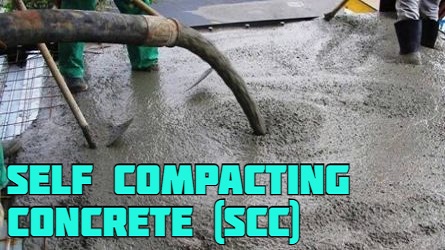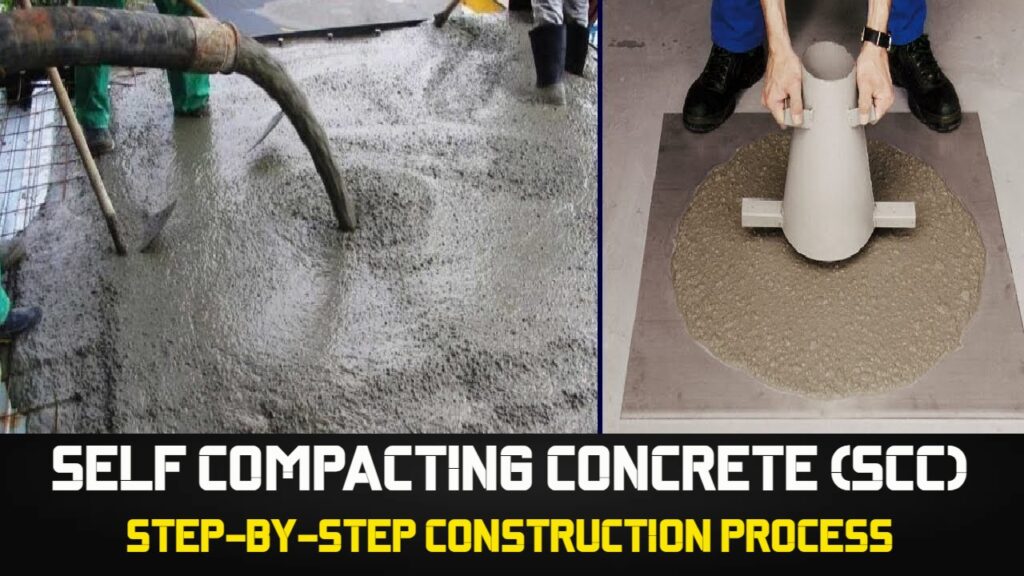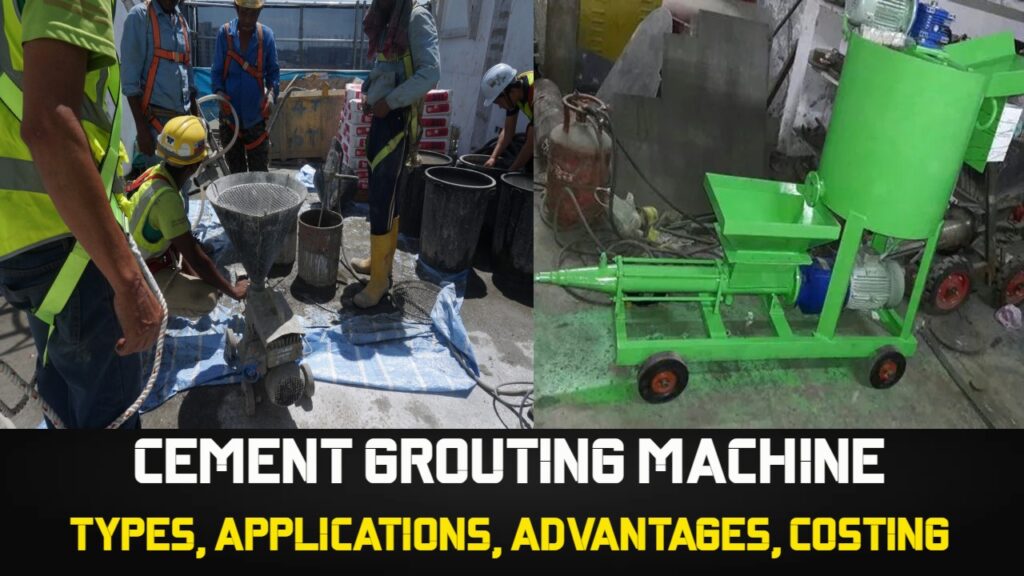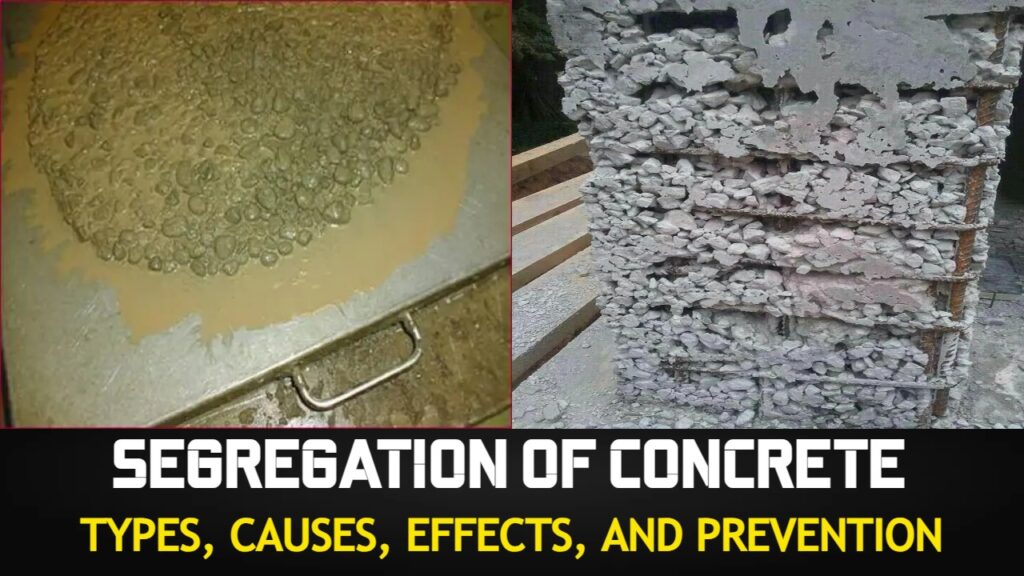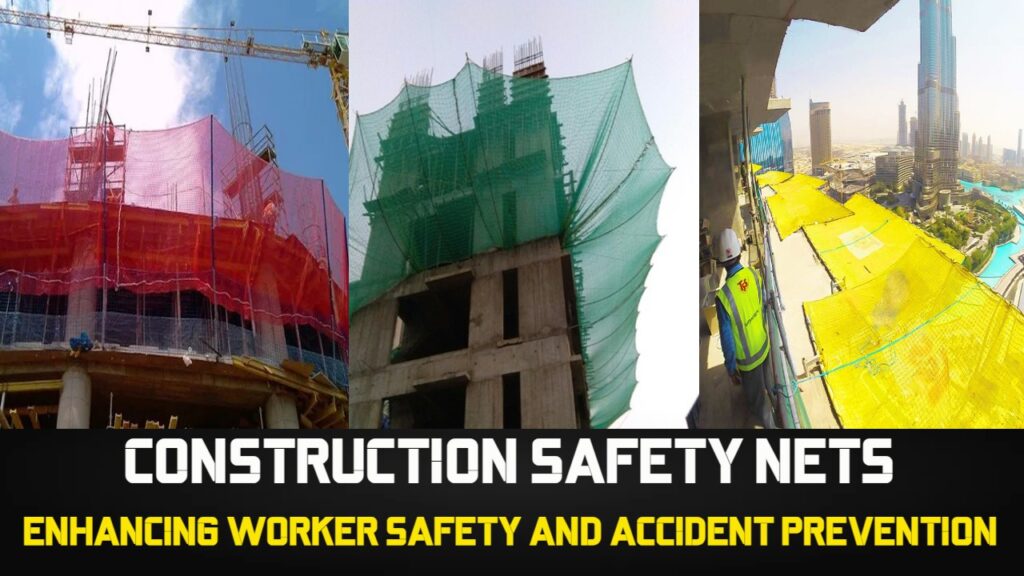In this post, I am going to tell you about the use, advantage, and Material required for Self Compacting Concrete (SSC) at the construction site.
Making concrete structures without vibration, have been done in the past. For example, the placement of concrete underwater is done by the use of tremie without vibration.
Mass concrete and shaft concrete can be successfully placed without vibration. but the above examples of concrete are generally of lower strength and difficult to obtain consistent quality. Modern application of Self Compacting Concrete (SSC) is focused on high performance, better and more reliable and uniform quality.
Recognizing the lack of uniformity and complete compaction of concrete by vibration, researchers at the University of Tokyo, Japan, started in the late 1980s to develop SSC. By the early 1990s, Japan has developed and used SSC that does not require vibration to achieve full compaction. By the year 2000, the SSC has become popular in Japan for prefabricated products and ready mixed concrete.
Self Compacting Concrete has been described as “the most revolutionary development in concrete construction for several decades”. Originally developed in Japan to offset a growing shortage of skilled labour, it has proved to be beneficial from the following points.
Faster construction
Reduction in site manpower
Better surface finish
Easier Placing
Improved durability
Greater freedom in design
Thinner concrete sections
Reduced noise level
Safer working environment
- What is Cement ? Difference b/w Cement & Lime
- Bulking OF Fine Aggregates
- Concrete Cube Samples Taken for Different Volume
- Grades of Concrete as per IS 456 : 2000
- What is 1.54 in Concrete
- Grade Of Concrete And Its Cement, Sand And Aggregate Ratio
MATERIALS FOR SELF COMPACTING CONCRETE
Cement: Ordinary Portland Cement, 43 or 53 grade can be used.
Aggregates: The maximum size of aggregate is generally limited to 20 mm. An aggregate of size 10 to 20 mm is desirable for structures having congested reinforcement. Wherever possible size of aggregate higher than 20 mm could also be used. Well graded cubical or rounded aggregates are desirable. Aggregates should be of uniform quality with respect to shape and grading.
Fine aggregates can be natural or manufactured. The grading must be uniform throughout the work. The moisture content or absorption characteristics must be closely monitored as the quality of SSC will be sensitive to such changes.
Particles smaller than 0.125 mm i.e. 125-micron size are considered as FINES which contribute to the powder content.
Mixing Water: Water quality must be established on the same line like that for using reinforced concrete or prestressed concrete.
Chemical Admixtures: Superplasticizers are an essential component of SSC to provide necessary workability. The new generation superplasticizers termed poly-carboxylated ethers (PCE) is particularly useful for SSC.
Other types may be incorporated as necessary, such as Viscosity Modifying Agents (VMA) for stability, Air Pertaining Agents (APA) to improve freeze-thaw resistance and retarders for Control of Setting.
